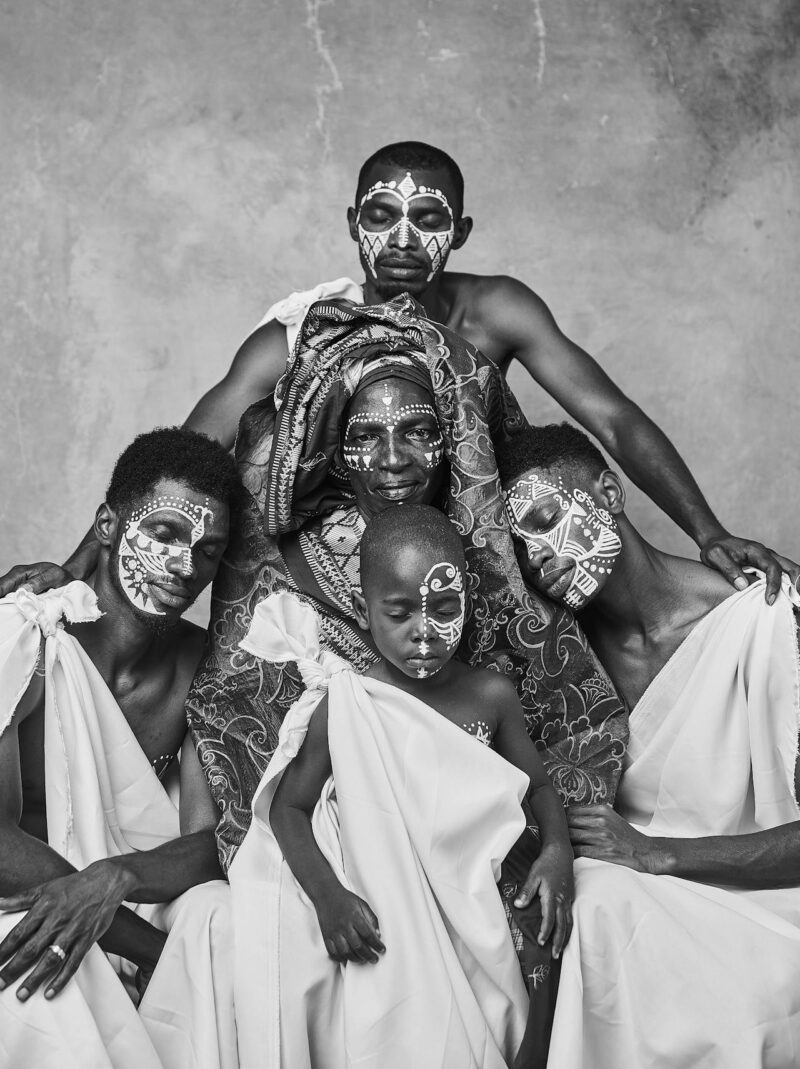Dans la compétition mondiale pour dominer l’intelligence artificielle (IA), les projecteurs sont rivés sur les États-Unis et la Chine, qui se livrent un duel de titans à coups de milliards. Pourtant, à l’ombre de ces géants, un outsider inattendu se fait une place dans l’arène : l’Afrique. Oui, ce continent souvent relégué aux stéréotypes de l’aide humanitaire et du sous-développement technologique fait aujourd’hui vibrer les radars de l’innovation avec ses propres solutions d’IA. Et croyez-moi, les Américains et les Chinois feraient bien de prêter attention.
Les Big Boys : États-Unis et Chine jouent aux surenchères
D’un côté, les États-Unis, avec leur machine à cash bien huilée. OpenAI, Google, Microsoft – vous connaissez leurs noms. Ces entreprises attirent les cerveaux les plus brillants comme des papillons vers une lumière ultraviolette. Le gouvernement américain injecte 500 milliards de dollars pour asseoir sa domination, avec un projet spectaculaire : un centre de données gigantesque au Texas. C’est tout simplement Hollywood version tech.
De l’autre côté, la Chine. Ce pays n’a jamais fait dans la demi-mesure, et son ambition est limpide : dépasser les États-Unis. Leur arme secrète ? DeepSeek, une start-up qui rivalise déjà avec les géants américains. Soutenue par le gouvernement, la Chine s’est fixé une deadline ambitieuse : être numéro un mondial de l’IA d’ici 2030. Et ils ne bluffent pas.
L’Europe : Trop de discussions, pas assez d’actions
Pendant ce temps, l’Europe fait ce qu’elle sait faire de mieux : discuter. Certes, son AI Act, adopté en 2024, est un modèle d’éthique. Bravo, l’Europe est le prof qui rappelle qu’il faut respecter les règles du jeu. Mais pendant qu’elle s’applaudit pour son cadre législatif, les Américains et les Chinois continuent de jouer, eux. Le résultat ? L’Europe se retrouve à regarder la compétition depuis les gradins.
Et l’Afrique dans tout ça ? L’innovation frugale au service du continent
Là où l’histoire devient intéressante, c’est quand l’Afrique entre dans le match. Pas avec des milliards, mais avec des idées. Car le continent ne cherche pas à rivaliser avec les budgets astronomiques des superpuissances, mais plutôt à résoudre des problèmes concrets.
Agriculture et environnement : Les vraies priorités
Prenez Zenvus, une start-up nigériane qui aide les agriculteurs à analyser leur sol pour maximiser les rendements. Ou encore M-Situ, au Kenya, qui utilise l’IA pour lutter contre la déforestation en détectant les bruits de tronçonneuses et les incendies. Pendant que certains fantasment sur des voitures autonomes, l’Afrique s’attaque à la faim et à la préservation de ses ressources naturelles. Priorités, non ?
Santé et éducation : Là où ça compte
Le Rwanda n’est pas seulement un exemple de développement, il devient aussi un pionnier en IA. Avec Ircad Africa, le pays forme des médecins à des techniques de chirurgie de pointe grâce à l’intelligence artificielle. Et au Ghana, SuaCode rend l’apprentissage de la programmation accessible à tous avec… un simple smartphone. Pendant que la Silicon Valley vend ses gadgets à 1 000 dollars, l’Afrique joue la carte de la démocratisation.
Les langues africaines : La culture entre dans la danse
Et que dire des langues africaines ? En 2024, Google Traduction a intégré 31 nouvelles langues africaines, dont le wolof et le baoulé. Une avancée qui montre que l’IA peut aussi être un outil de préservation culturelle. Car oui, l’Afrique ne veut pas seulement rattraper son retard, elle veut le faire à sa manière, en mettant ses cultures et ses besoins au centre.
La morale de l’histoire : Une révolution silencieuse
Alors, que nous apprend cette montée en puissance de l’Afrique ? Que l’innovation ne se mesure pas uniquement en milliards de dollars ou en nombre de brevets déposés. Elle se mesure aussi à l’impact réel sur la vie des gens. Et dans ce domaine, l’Afrique a des leçons à donner.
La course à l’IA n’est pas une simple bataille technologique. C’est une lutte pour définir à quoi ressemblera notre futur. Pendant que les géants s’affrontent à coups de supercalculateurs et de budgets pharaoniques, l’Afrique prouve qu’elle peut être un acteur clé en jouant selon ses propres règles. Les États-Unis et la Chine feraient bien d’arrêter de regarder par-dessus l’épaule du continent et de prêter attention à ce qui s’y passe. Parce que, croyez-moi, cette révolution africaine, silencieuse mais percutante, ne fait que commencer.



